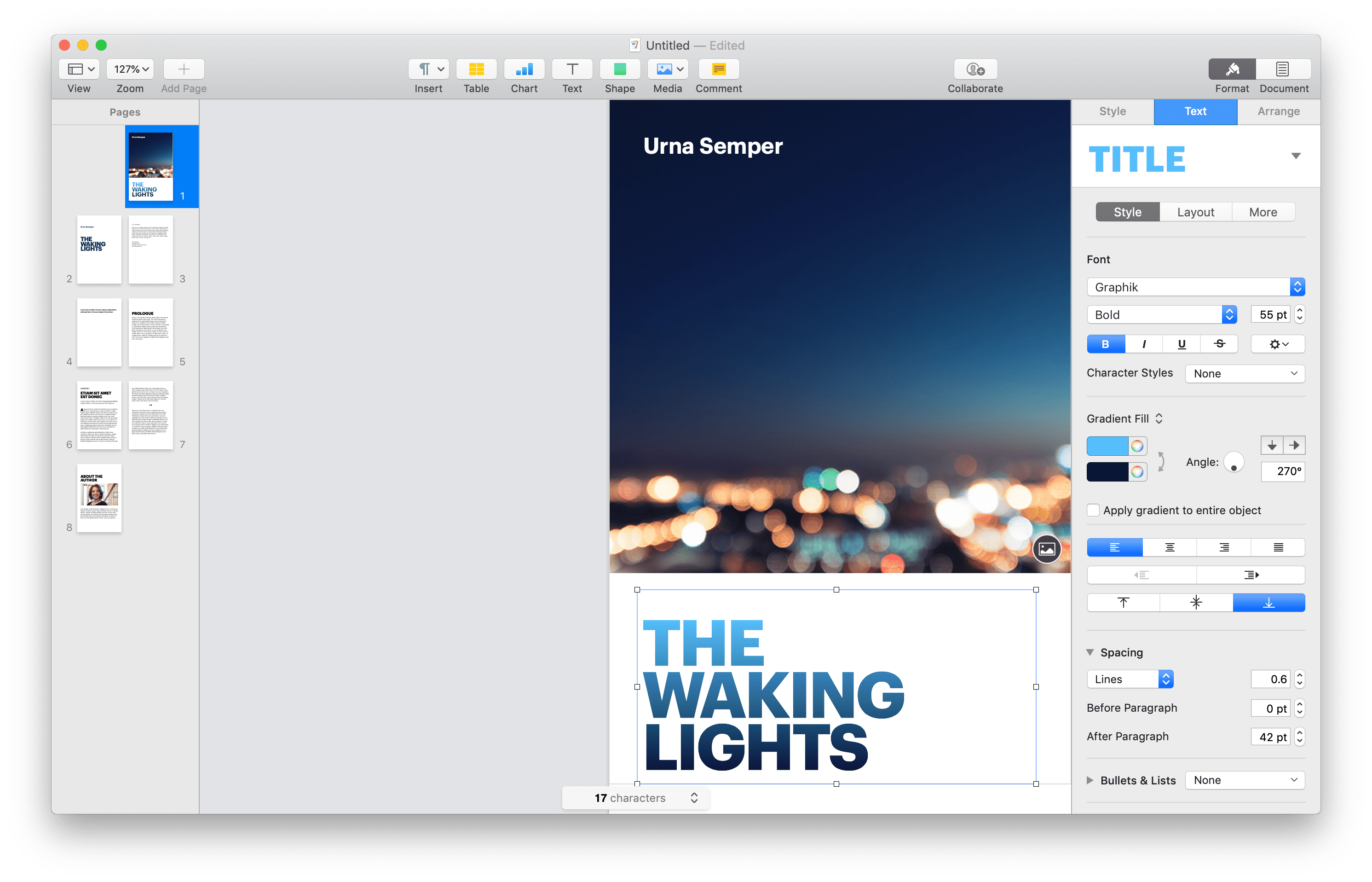


Worse, Type 1 fonts don’t support Unicode, limiting their ability to support extended language character sets. Although some operating systems still support Type 1 fonts, Web browsers and mobile operating systems don’t. Adobe introduced Type 1 fonts at the dawn of the Macintosh age back in 1984, started collaborating with Microsoft on the more versatile OpenType fonts in 1996, and stopped developing Type 1 fonts in 1999. This announcement shouldn’t come as a surprise. All Adobe apps will stop allowing users to author content using Type 1 fonts beginning January 2023. For you graphic designers out there, Adobe has announced that it will be ending support for PostScript Type 1 fonts starting with Photoshop in 2021.


 0 kommentar(er)
0 kommentar(er)
